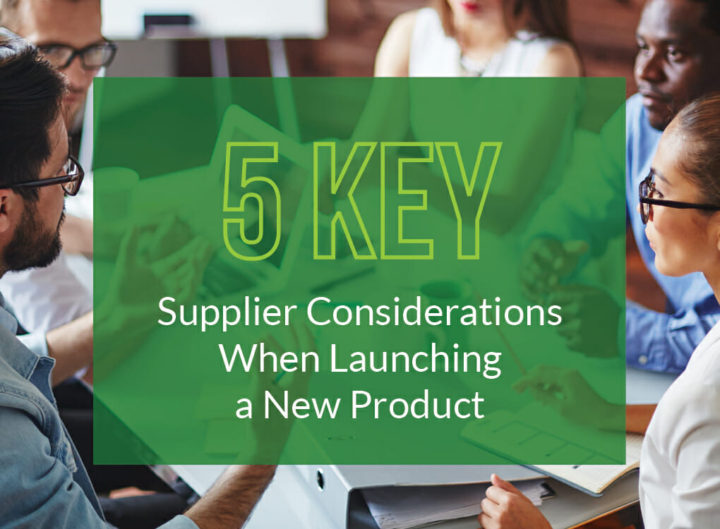Most retailers recognize that new product introductions are the main driver of category growth year over year. Regular shelf set refreshes provide customers with the most up-to-date product selection and can provide progressive retailers with an advantage over competition that goes beyond pricing.
1. How does your retailer execute shelf resets?
Many retailers have in-house teams that plan and execute shelf resets at their retail locations, but there are some retailers who rely on 3rd parties such as retail merchandising companies and brokers to actually implement new shelf sets in their stores.
Knowing how your product is going to make it on every store’s shelves can help suppliers to properly plan an effective new item placement on shelf.
2. What initial costs should suppliers expect?
While many retailers prefer to have promotional allowances moved into cost of goods, some still charge fees such as:
- Slotting fees – often charged by more traditional retailers for bringing new items into their warehouses.
- Ad fees – to ensure placement in retailer advertising circulars.
- Display fees – to secure premium placement in each retailer store location. This can be an end-of-aisle display, floor display, or larger pallet drop program.
Knowing these fees for each retailer in advance can help you more effectively manage your budget and make the most of your trade spending during and after your product launch.
3. How will you promote your new product?
In addition to the marketing plan that suppliers develop to support new product launches, retailers will expect additional support in the form of unique promotions. This can include:
- Shared marketing efforts that allow the retailer to participate in product advertising funded by the supplier. For example, a radio spot that mentions the product is available at specific retailers.
- Many multi-unit retailers like promotional programs that provide incentives to store employees and create friendly competition.
- Those chains that now employ loyalty apps will look for supplier promotional support to benefit their most loyal customers.
Leveraging these types of promotions can help your product gain faster market share with key retailers, while also driving demand from consumers.
4. Be prepared to sacrifice slow-movers for additional distribution.
It is always to the supplier’s benefit to be involved in the shelf set planning process. While it is always better to make a convincing case to remove a competitor’s product to gain shelf space for your new item, suppliers should be prepared to recommend swapping out one of their own products.
There are many reasons for this – maintaining brand blocks, contractual obligations with other suppliers, shelf set size limitations, etc. – but suppliers knowing which product(s) they are prepared to discontinue to launch the new product will make the implementation much smoother overall.
5. Compare launch performance across stores and retailers to identify gaps.
Looking at sales performance measures such as $ Sales and Unit Sales per store can be helpful to identify underperforming locations that were late adding the product to their shelf set, or failed to do so altogether. Also, comparing retailer performance can provide insight into the best approaches and how to make adjustments during the next launch.
Business Accelerator Team is an outside-in catalyst assisting with insight, strategy, marketing and connections. Our consultancy provides business-development expertise derived from a deep understanding of what has worked with suppliers, retailers and media in retailing and foodservice. If you would like to learn more about how Business Accelerator Team can help make your next product launch a success, contact us for more information.


